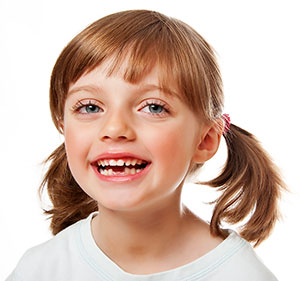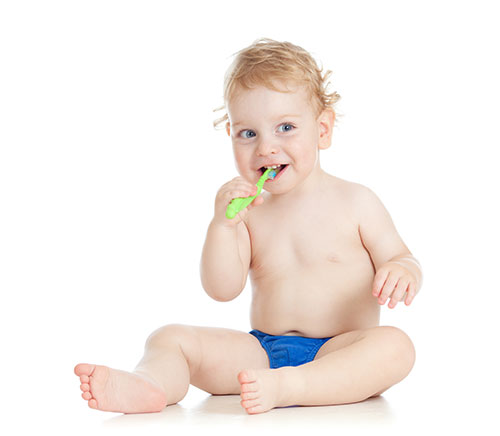Reduce/Eliminate a Soother and Thumb Sucking Habit

Both a soother and finger or thumb sucking both cause suction and put pressure on the jaw, which is fragile while still growing. These habits can both cause the palate to rise and the upper jaw to become narrow, causing issues with the bite and the way the teeth close together. Often these habits at an early age can lead to the need for braces later on. Try to remove the soother around two years old and stop the finger/thumb sucking habit as soon as you notice it.


